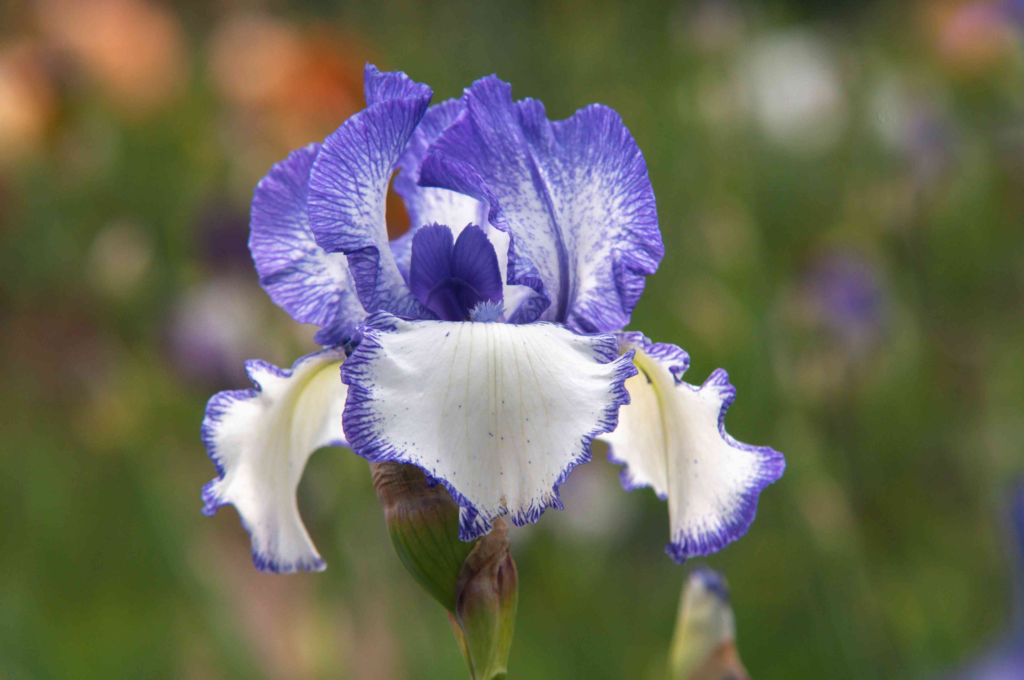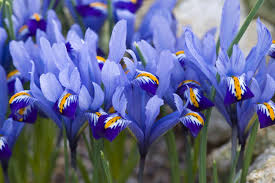By Holly Owens, Contributing Writer
Iris flowers, with their stunning colors and intricate patterns, are a timeless addition to gardens worldwide. Whether you’re captivated by their royal purples, delicate whites, sunny yellows, or deep blues, irises can transform your outdoor space into a work of art. However, ensuring they bloom beautifully year after year requires more than just planting them—it takes knowledge, care, and attention to detail.
This guide provides essential tips and expert advice to help you cultivate breathtaking iris blooms consistently, ensuring your garden becomes the envy of your neighborhood.
1. Choose the Right Variety
Irises come in many varieties, from bearded irises to Siberian and Japanese types. Each has unique needs, including specific sunlight, water, and soil requirements. Research varieties suited to your climate and garden conditions for optimal results.
2. Plant in Well-Drained Soil
Irises thrive in soil that allows water to flow freely. “Wet feet” can cause root rot and harm your plants. Amend heavy soils with organic matter or sand to improve drainage and create the perfect environment for healthy growth.
3. Provide Plenty of Sunlight
For the best blooms, most iris varieties need at least six hours of direct sunlight daily. Select a sunny spot in your garden to ensure they receive the light they need to flourish.
4. Space Plants Properly
Crowded irises can suffer from poor air circulation, leading to disease. To prevent this, space rhizomes 12–24 inches apart. Proper spacing promotes healthy growth and reduces the risk of fungal issues.
5. Water Wisely
While irises need consistent moisture, overwatering can be detrimental. Water regularly during dry spells but allow the soil to dry out between watering sessions. Striking the right balance is key to avoiding root rot and encouraging robust blooms.
6. Fertilize Strategically
Apply a low-nitrogen, balanced fertilizer in early spring when new growth begins, and again after flowering. Excess nitrogen can produce lush leaves at the expense of flowers, so choose your fertilizer carefully.

7. Divide and Replant Regularly
Over time, iris rhizomes can become overcrowded, leading to diminished blooms. Divide your plants every 3–5 years by lifting the rhizomes, separating healthy sections, and replanting them. This practice rejuvenates your irises and ensures consistent flowering.
8. Deadhead Spent Blooms
Removing faded flowers promptly prevents energy from being diverted into seed production. Once all blooms on a stalk have withered, cut it back to the base to encourage new growth and maintain a tidy appearance.
9. Monitor for Pests and Diseases
Common threats to irises include iris borers, leaf spot, and rust. Regularly inspect your plants for signs of trouble and take prompt action with treatments or preventative measures. Keeping the garden clean and free of debris helps deter pests and diseases.
10. Prepare for Winter
In colder regions, apply a light layer of mulch over your iris beds to protect rhizomes from freezing temperatures. Remove the mulch in early spring to allow new growth to emerge without hindrance.
By following these comprehensive steps, you’ll create the perfect environment for your irises to thrive. With proper care and attention, your garden will be graced with vibrant blooms year after year, transforming it into a breathtaking sanctuary that celebrates the beauty of nature.
